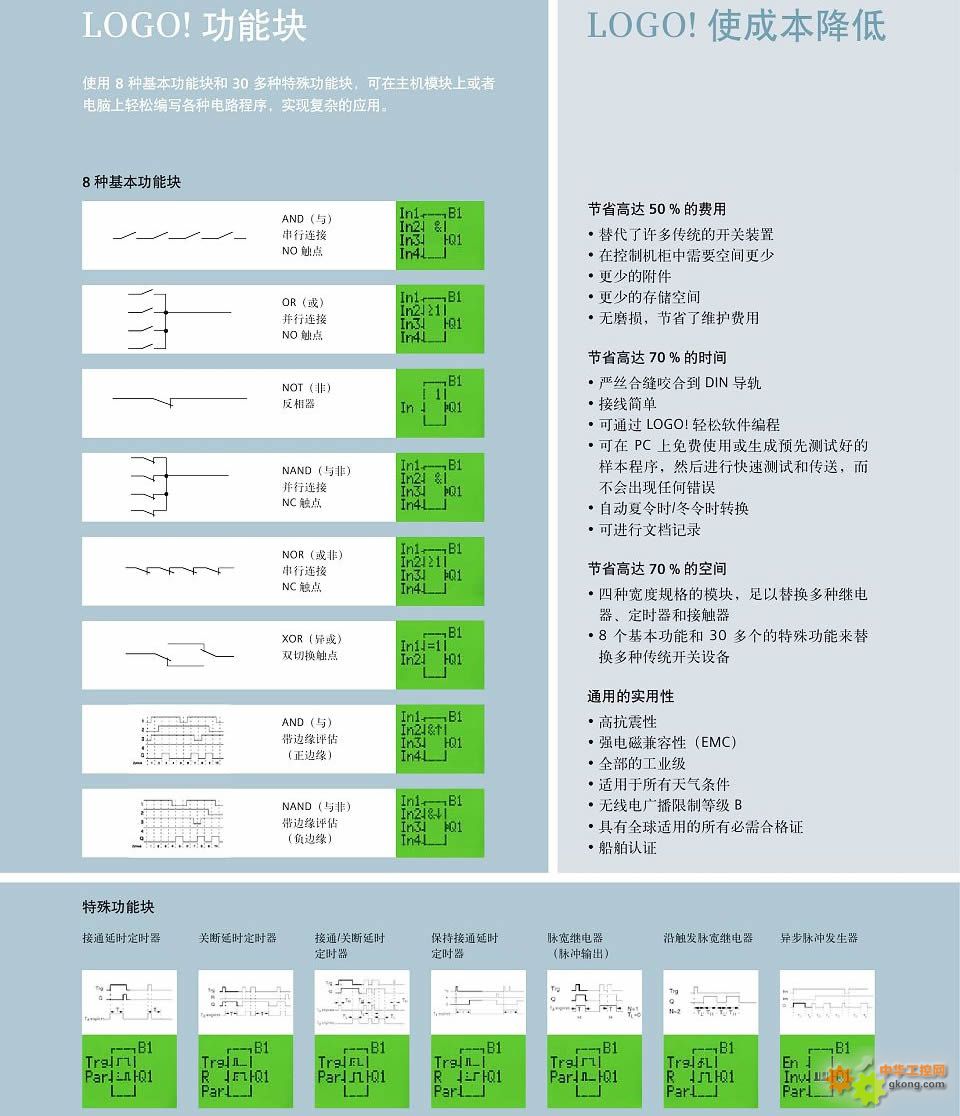
Figure 3-8 energy and flux at different frequencies
(a) rated frequency b) when the frequency is low
The energy relationship of the motor as shown in figure 3-8a shows that the electromagnetic power of the energy transfer is:
PM=P1N - PCu1 - PFe1 (3-11)
In the type PM- motor, the electromagnetic power transferred from the stator to the rotor, kW;
P1N- motor input rating, kW;
PFe1- stator side iron loss, kW.
Under the rated conditions, the rated flux motor magnetic flux N. The mechanical characteristics of the motor as shown in Figure 3-9, the critical torque of TKN, with the load capacity of the rated torque TMN.

Figure 3-9 load capacity when the frequency drops
3 energy and magnetic flux reduction. When the frequency drops to FX, if the phase voltage is proportional to the frequency down to U1X. At this time, the input power of the motor is reduced to
The diameter of 1 P1X=3U1XI1cos
However, if the resistance torque of the load is constant, the stator current of the motor is basically the same, which is known by the formula (3-9). The copper loss accounts for the proportion of input power and electromagnetic power is bound to increase, the proportion of PMX will decrease, the magnetic flux of X will decrease, as shown in figure 3-8b.
By type (3-8), the electromagnetic torque of the motor can be reduced, thus the load capacity decreases, its mechanical properties as shown in Figure 3-9 in the curve shown: the critical torque is reduced to TKX, the load capacity decreases as the effective torque TMEX.
Therefore, in the case of voltage and frequency to maintain a proportional relationship (kU=kF), the load capacity of the motor is decreased when the frequency drops.









